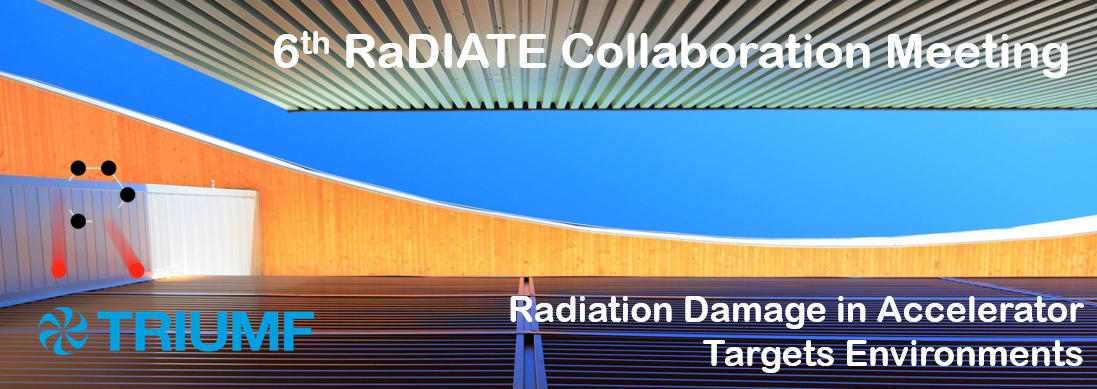Speaker
Mr
Luca Egoriti
(TRIUMF)
Description
The Isotope Separation On Line (ISOL) method is adopted in several accelerator facilities around the world in order to produce a number of isotopes of interest for a variety of branches of science. At the core of ISOL facilities is a target and ion source assembly which has to withstand extreme temperature conditions and constant particle irradiation, which are both playing a role in the material performance, evolution and degradation of the central components of an ISOL facility infrastructure.
At TRIUMF, the ISAC facility currently delivers a 500 MeV, 50 kW proton beam to ISOL targets in order to trigger nuclear reactions with the target material and produce radioisotopes. Moreover, the new ARIEL facility will provide a 35 MeV, 100 kW electron beam onto a Bremstrahlung converter to subsequently induce photofission in uranium carbide. Both facilities include areas of high temperature and radiation field conditions on a variety of materials.
This contribution will present some of the phenomena taking place at the core of our facilities, with major focus on the ongoing efforts to understand the transport properties of our target materials and their evolution over 3 weeks of operation, and the electron-to-gamma converter material investigation studies which led to the selection of tantalum-aluminum as the metal pairing to be used as converter material.
Primary author
Mr
Luca Egoriti
(TRIUMF)
Co-author
Dr
Alexander Gottberg
(TRIUMF)

